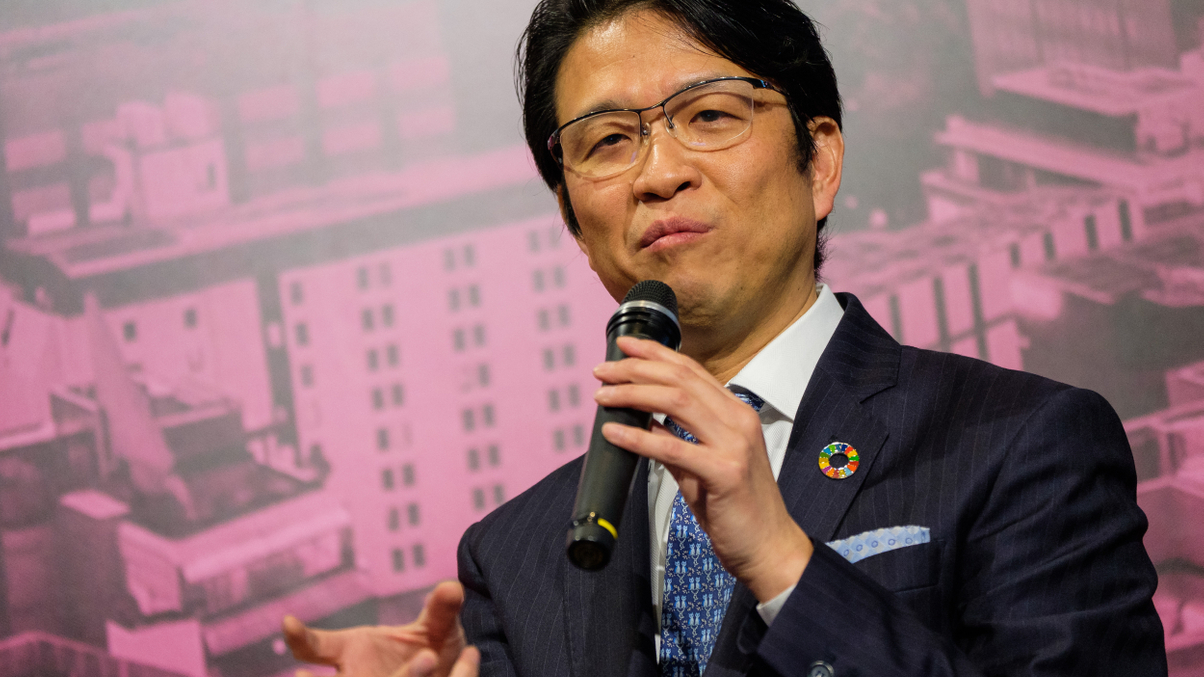Why we are changing our fund fee structure: GPIF CIO
In the second part of an interview, Hiromichi Mizuno tells AsianInvestor why the Japan pension giant is making the fees it offers fund houses performance-related.

Japan's Government Pension Investment Fund (GPIF) made headlines this week when it confirmed that it would start offering the fund houses that oversee its active equity and bond portfolios performance-related fees from April 1, allowing fund managers that offered genuine alpha to earn more while cutting the fees of those that underperform.
Sign in to read on!
Registered users get 2 free articles in 30 days.
Subscribers have full unlimited access to AsianInvestor
Not signed up? New users get 2 free articles per month, plus a 7-day unlimited free trial.
¬ Haymarket Media Limited. All rights reserved.


